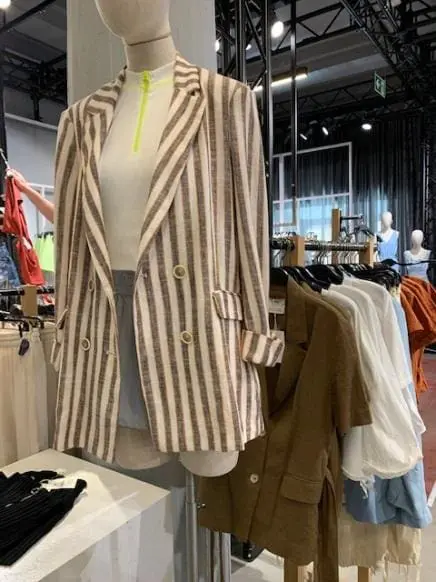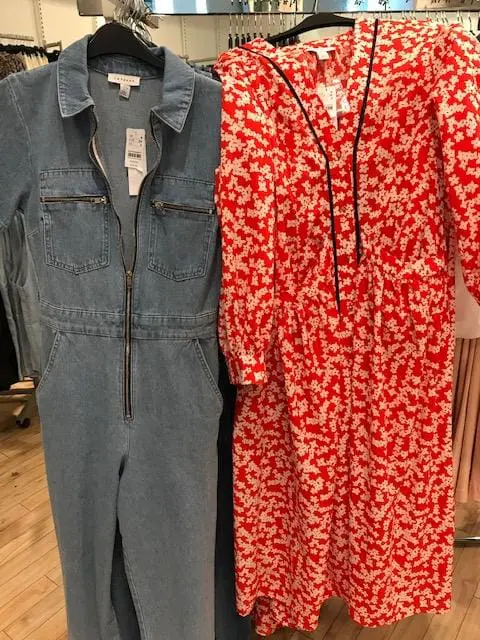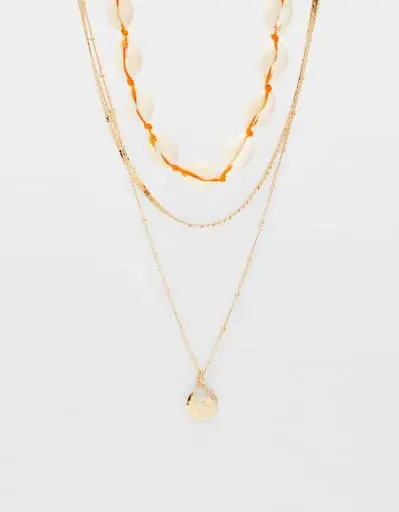The increase in online shopping, coupled with the influence of social media, has escalated the impact regional fashion trends have on the global industry. As more brands and retailers turn to social media to showcase their products, more consumers are inclined to discover new trends through social media and shop new or unfamiliar retailers online.
Fast Fashion

Europe is arguably the birthplace of fast fashion, introducing retailers like Zara, H&M and Topshop, before any existed in the US. The European fast fashion market is extremely crowded, creating challenges for retailers to distinguish themselves. More retailers are emerging, such as Bershka, which recently hosted a pop-up store in the high-street shopping section of Rome. Fashion and homewares retailer Next gained momentum from publications like the Irish Tatler, which featured Irish blogger and influencer Jodie Wood promoting the retailer’s latest summer trends. Next has reported better than expected sales, indicating a fashion influence that will only grow especially if it continues to use social media, according to Mintel research on European retail.
Functional simplicity

Easy, simple silhouettes are popping up this summer in Europe (midi dresses and skirts, t-shirts and slip dresses), in sophisticated fabrics, palettes and prints like neutrals, linens and snakeskin patterns. Utilitarian chic looks are also prevalent on the streets and in stores in the form of utility shirts and jackets, jumpsuits and mini-skirts. American and UK shoppers’ preference for casual and often functional clothing has generated an increased interest in separates like t-shirts and denim, and such trends are perpetuated on retailer, brand and influencers’ social media pages. According to Mintel research on women’s clothing, more than half of American women buy clothes practical to their lifestyle, signaling the demand for such styles is here to stay.
90s nostalgia
Fashion from the 90s is alive and well overseas as much as it is in the US. In Europe, this trend is mixing with other aesthetics, like the aforementioned simplistic styles. Midi-skirts, wrap dresses and pullovers are available in tie-dye and neon hues. An affiliation for brands, especially in the form of logo tees, is another European favorite with looks by Fila, Adidas and Guess. The 90s looks will likely remain popular in the US, but don’t expect all consumers to be interested or willing to invest. Instead, such trends will be sought by younger consumers who shop around and make an effort to keep up with trends, but will likely do so at fast fashion retailers or mass merchandisers, where shoppers can score the looks for less. More than three-fourths of women find it easy to avoid paying full price for clothes, according to Mintel research on women’s clothing.
Minimalist accessories at their max

The European accessory trends are focused on small and chic styles, echoing the US consumer’s preference for simplistic designs, according to Mintel research on watches and jewelry. While overall trends focus on minimalist styles like mini-bags and delicate necklaces, accessories are elevated with additional design details. Bucket bags are reinvented with details like mixed, woven colors and unique shapes, while mini-bags are popular in muted colors with embellished straps. Sunglasses in red and white but with gold accents or unique frames, and dainty, gold necklaces are layered for a heavier, maximal effect. One accessory trend that’s sure to stand out this summer: Seashells. Shells are seen everywhere from bags to necklaces, especially in the form of 90s style chokers, echoing the aforementioned nostalgia trend.
What this means for US retailers
In the US, clothing purchases increasingly occur at retailers that have expanded offerings of value and trend-focused styles, while also allowing shoppers to fulfill other needs, such as Amazon and Target. From a retailer perspective, competitors like Next and Bershka – with their assortments of on-trend items at affordable price points for both men and women – could pose a potential threat to the US market if they expand.
Regardless of physical expansion, social media introduces these retailers to American consumers, with a quarter of Gen Z and Millennial online shoppers citing social media as a purchase influence, according to Mintel research on the online shopping habits of Gen Z . US Shoppers are looking to social media for product ideas and trend inspiration, so while European fashion trends will be sought after by American consumers, they no longer have to be in Europe to buy them.
US retailers need to keep their eye on the pulse of modern trends. Featuring the latest styles in editorial and social media campaigns will help ensure they don’t lose consumer interest to global competitors.
































